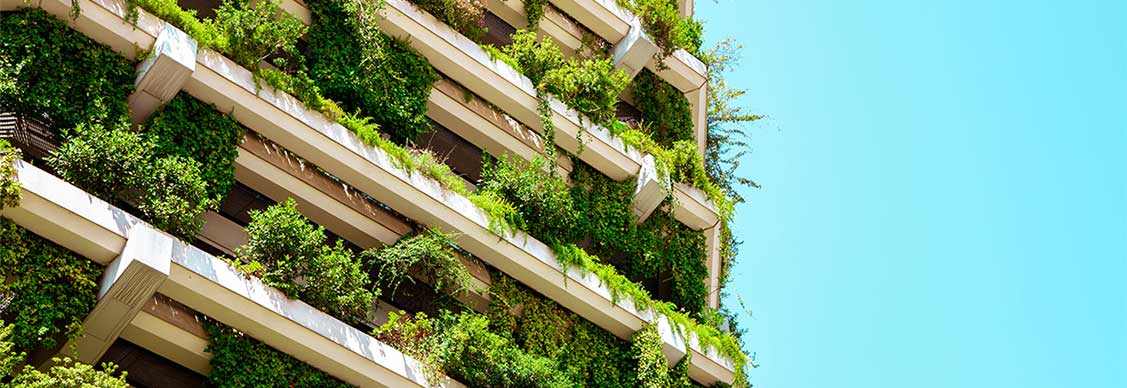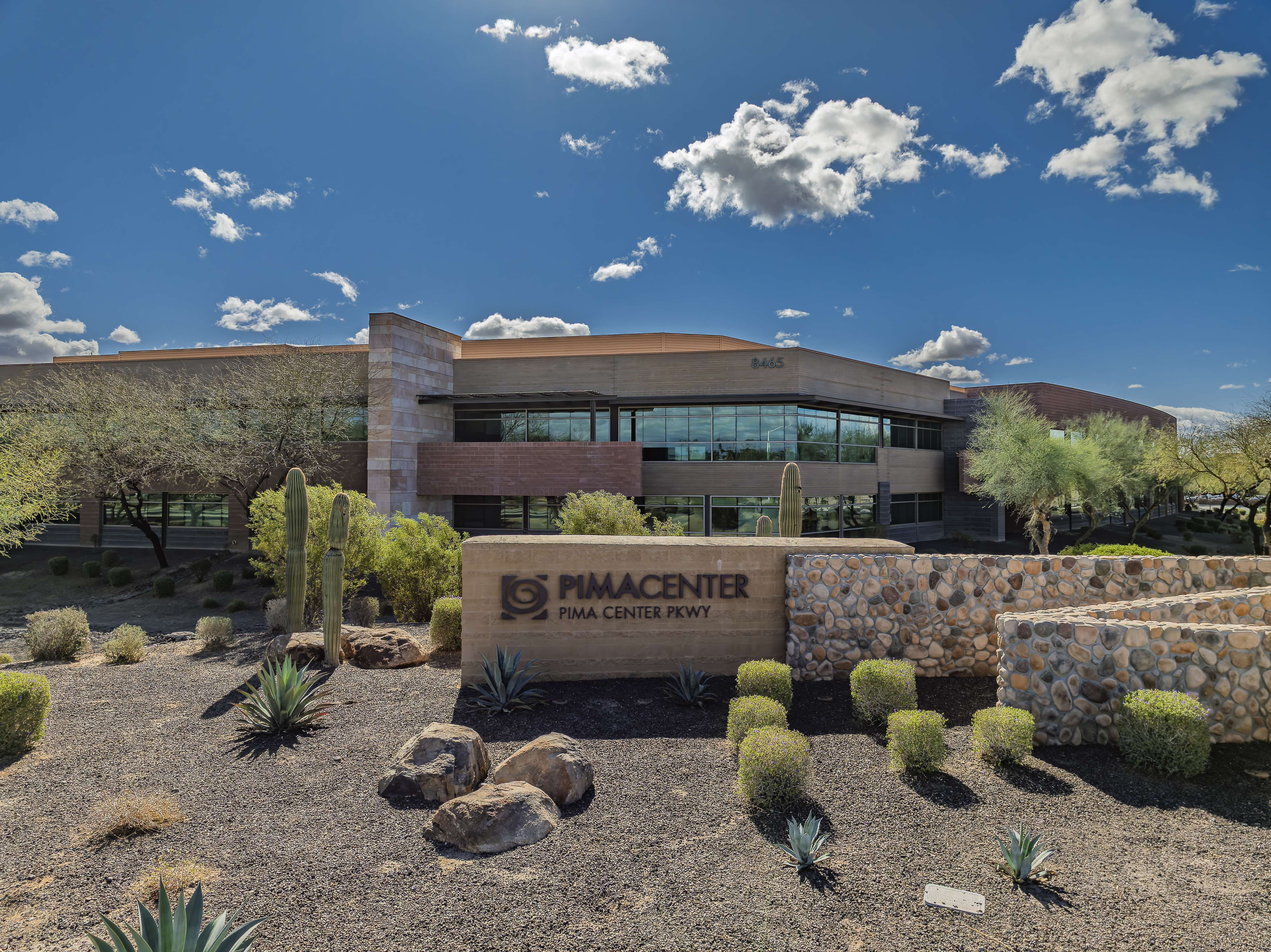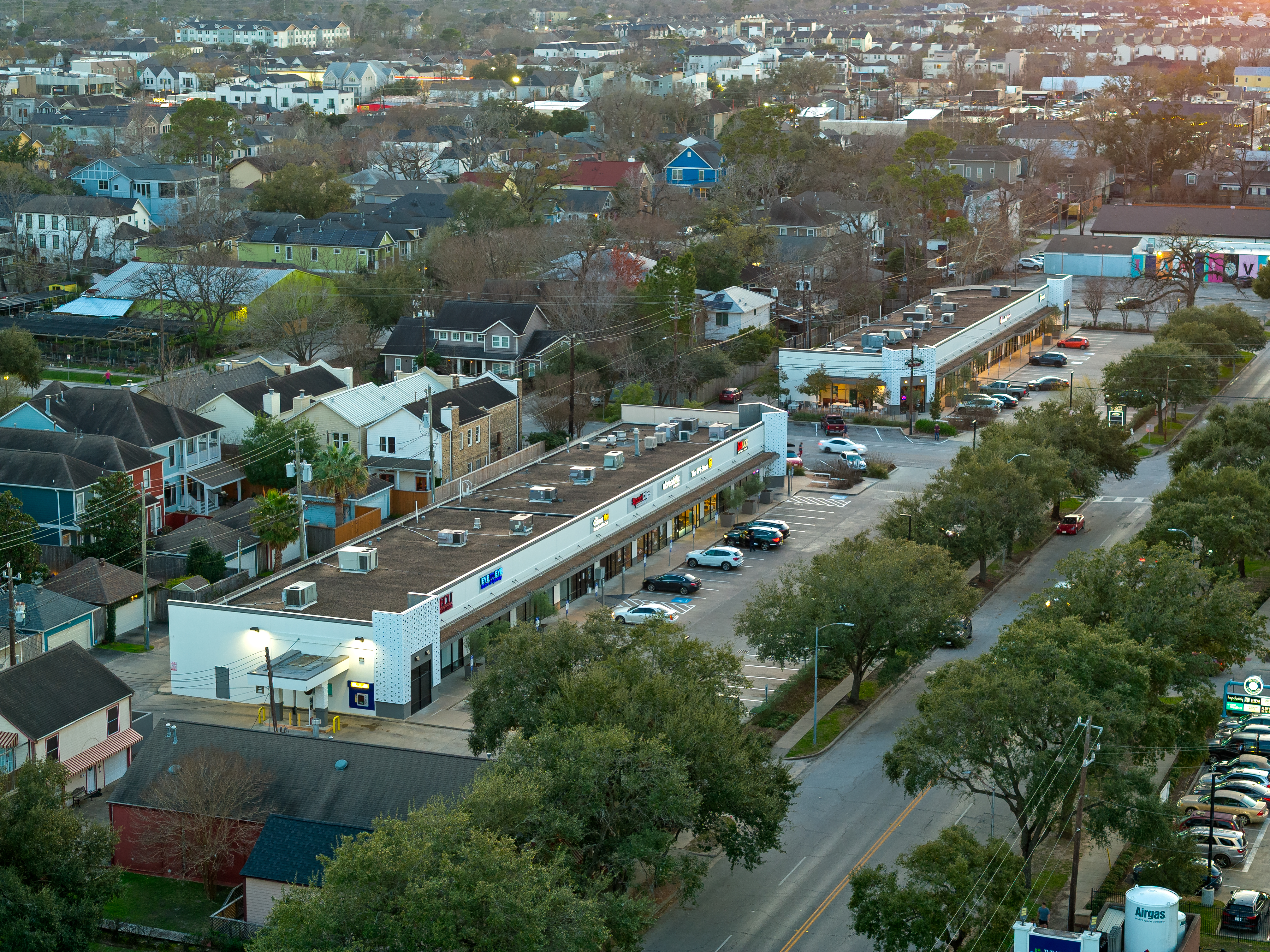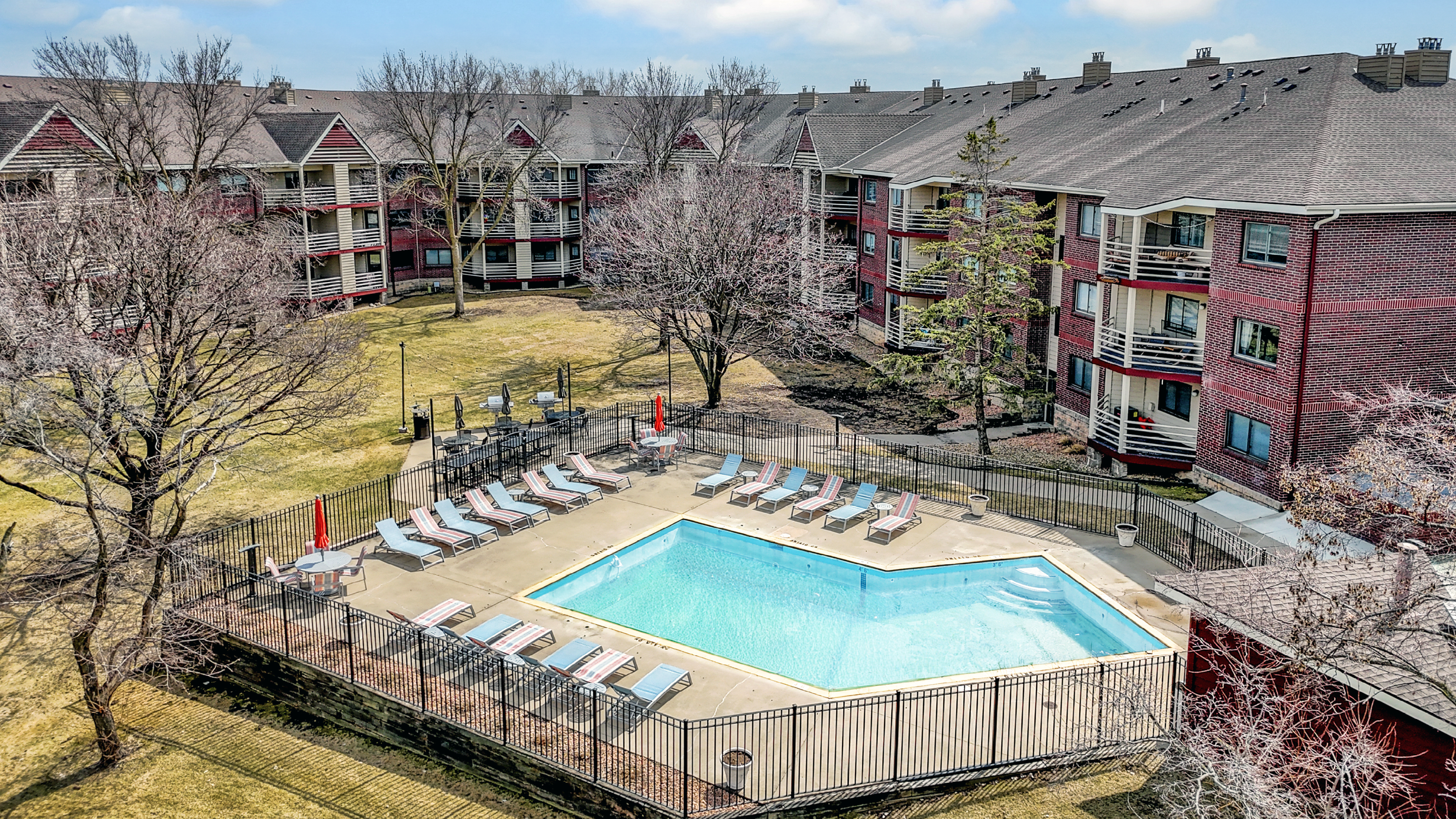How real estate is starting to embrace green finance
Green lending is on the up – and building certifications are playing a central role
Real estate lenders are increasingly offering loans based on sustainability performance as demand grows for green-linked financing.
Aviva Investors plans to lend £1 billion (US$1.4 billion) over the next four years for sustainable real estate. Dutch bank ING is offering new green building incentive loans to fund energy-efficient retrofits.
A group of banks recently lent around US$635 million for a green mixed-use development in Singapore, while Allianz Real Estate provided a £140 million green loan to the Canary Wharf Group in London.
The efforts in real estate come amid a wider push in the finance world. Last year, over $700 billion of sustainable and green debt was issued globally, up from $250 million in 2018, according to Bloomberg, which estimates that investment products tailored for environmental, social and governance factors could grow to more than $53 trillion of assets by 2025.
“The origination of loans that put more focus on underlying properties’ green credentials is in the ascendancy,” says Karen Shea, managing director, Capital Markets Agency Lending at JLL in the U.S. “Momentum among both borrowers and lenders is building.”
Looking for more insights? Never miss an update.
The latest news, insights and opportunities from global commercial real estate markets straight to your inbox.
Meeting standards
Green bonds – fixed-income instruments that raise capital to finance sustainable projects – aren’t new for developers. The world’s first green bond was launched in late 2008.
But agreed standards are at the root of this growing market in real estate.
For instance, the UK Loan Market Association’s Green Loan Principles and an excellent BREEAM excellent score were key factors in Allianz’s loan, which took into consideration solar power attributes.
In Europe, ING provided Hines this year with its first green loan. As well as a €40 million (US$47 million) facility for a prime office building in Frankfurt, the loan will also finance an urban logistics park near London’s Heathrow airport. Both assets were awarded sustainability certificates and recorded above-average energy performance levels.
In the U.S., Fannie Mae (the Federal National Mortgage Association), which issued US$13 billion of green loans last year, recently accepted BREEAM Residential Plus as an accepted standard for assessing loans under its Multifamily Green Initiative.
Investment Opportunities
Making a link between these types of green credentials and pricing may prove to be the way forward.
Borrowers who pay close attention to the sustainability of both existing and new buildings are regarded as less risky in the long-term and worthy of better pricing, according to National Australia Bank - which was part of Australia’s largest-ever sustainability linked loan in May.
Long term, there’s a higher consequence for buildings at risk from deteriorating sustainability levels. This year, French real estate investment trust Gecina completed the green conversion of all its outstanding debt. Increasing tenant sensitivity to sustainability was an important factor, according to the firm’s deputy chief executive.
“A building that is deteriorating in terms of its sustainability is a risk for both borrower and lender,” Shea says.
Both lenders and borrowers want to do the right thing, she concludes. “We’re now at a point when a building’s green credentials are increasingly being factored in when borrowing.”
Contact Karen Shea
Managing Director, Capital Markets Agency LendingWhat’s your investment ambition?
Uncover opportunities and capital sources all over the world and discover how we can help you achieve your investment goals.




